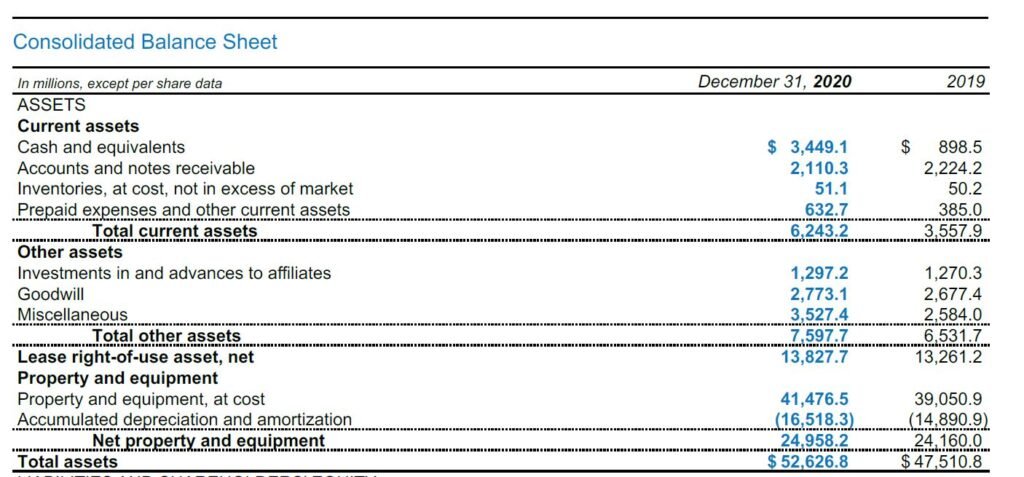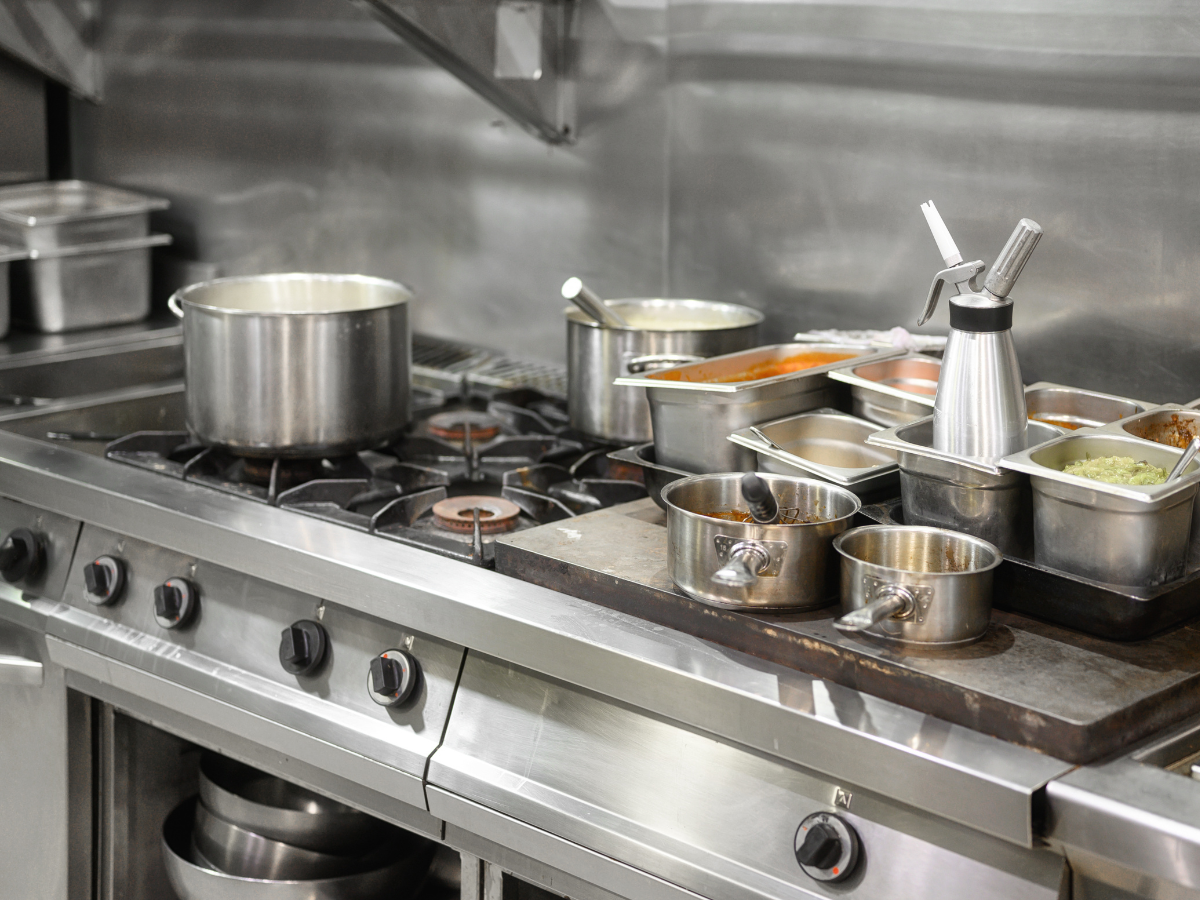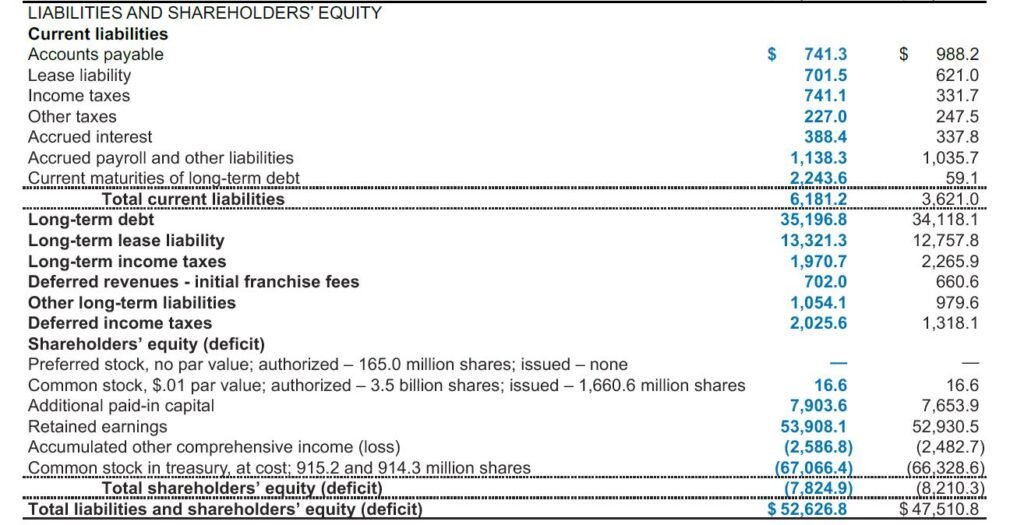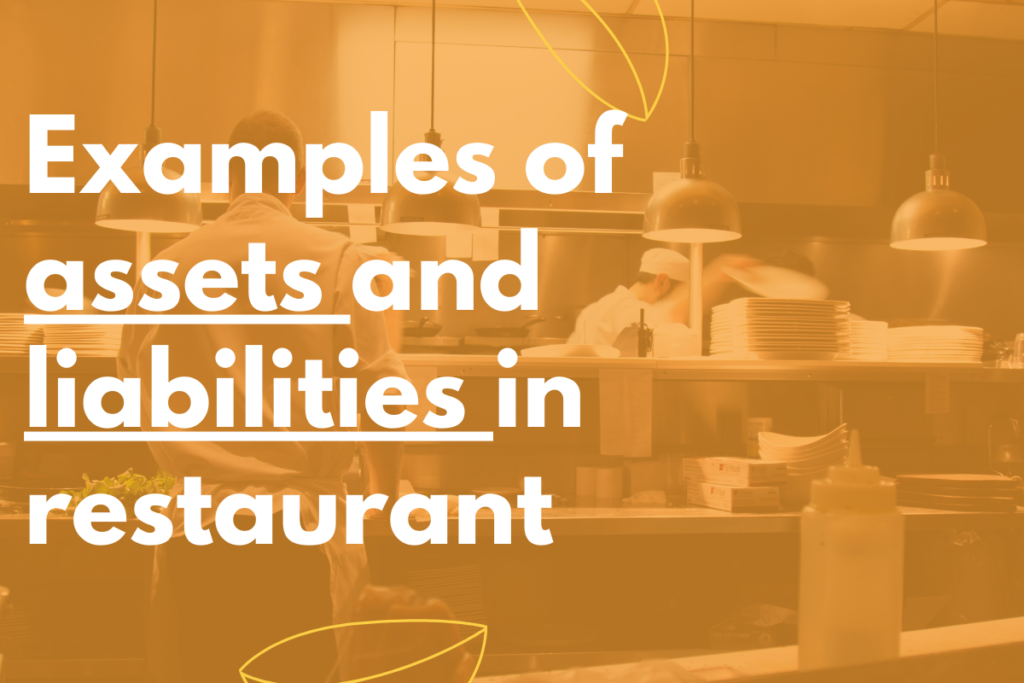In restaurant management, understanding the examples of assets and liabilities in restaurant business is essential.
Assets represent the valuable resources and advantages that a restaurant possesses, while liabilities encompass the financial and operational obligations it must fulfill.
By comprehending the significance of assets and liabilities in restaurant management, professionals can make informed decisions, optimize resource allocation, and ensure the long-term success of their business.
Restaurants, ranging from cozy cafes to fine dining establishments, possess a diverse range of assets and liabilities that contribute to their overall operations.
Effectively managing these resources and obligations requires a comprehensive understanding of the different types and examples of assets and liabilities specific to the restaurant industry.
Examples of assets in a restaurant

Physical Assets
Physical assets in a restaurant encompass the tangible resources necessary for delivering a pleasant dining experience. Examples of physical assets include:
1. Kitchen equipment
Commercial-grade ovens, grills, refrigerators, freezers, and other cooking equipment required for food preparation.

2. Dining furniture and fixtures
Tables, chairs, booths, bar stools, lighting fixtures, and decorative elements that create a comfortable and inviting ambiance for customers.
3. Decorations elements
Artwork, plants, signage, music systems, and interior décor that contribute to the overall atmosphere and branding of the restaurant.
Inventory Assets
Inventory assets in a restaurant include the various items required for day-to-day operations. Examples of inventory assets include:

4. Food and beverage inventory
Ingredients, raw materials, beverages, spices, and other consumables needed for menu preparation.
5. Merchandise inventory
Branded merchandise, retail items, or specialty products associated with the restaurant, such as t-shirts, mugs, sauces, or cookbooks.
Financial Assets
Financial assets are the monetary resources and investments that contribute to the financial stability of a restaurant. Examples of financial assets include:
6. Cash on hand and in the bank
The readily available funds used for daily operations, immediate expenses, and emergency situations.
7. Investments
Restaurants may have investments in stocks, bonds, or other financial instruments as a means of generating additional income.
8. Accounts receivable
Payments owed to the restaurant by customers, catering clients, or other entities for services rendered.
Examples of liabilities in a restaurant

Liabilities in a restaurant encompass the financial, employee-related, and legal obligations that must be fulfilled. Understanding these liabilities is crucial for effective management and risk mitigation. Here are some examples of liabilities in a restaurant:
Financial Liabilities
Financial liabilities refer to the financial obligations and debts that a restaurant incurs. Examples include:
9. Loans and debts
Restaurants may have outstanding loans or debts taken for startup costs, renovations, equipment purchases, or working capital.
10. Accounts payable
Payments owed by the restaurant to suppliers, vendors, and service providers for ingredients, supplies, utilities, equipment maintenance, and other operational expenses.
11. Utility bills and rent payments
Regular expenses related to electricity, water, gas, and rental agreements for the restaurant space.
Employee-Related Liabilities
Employee-related liabilities arise from the obligations associated with managing a workforce. Examples include:
12. Payroll expenses
Employee wages, salaries, tips, and benefits such as health insurance, retirement plans, and paid time off.
13. Payroll taxes
The employer’s share of payroll taxes, such as Social Security, Medicare, and unemployment taxes.
14. Insurance premiums
Insurance coverage to protect employees and the business from workplace injuries, accidents, or liabilities.
Legal Liabilities
Legal and regulatory liabilities arise from the need to comply with laws, regulations, and safety standards within the restaurant industry. Examples include:
15. Licensing
Expenses associated with obtaining and renewing necessary licenses and permits, such as food handling permits, and health department certifications.
16. Compliance with regulations
Adhering to sanitation guidelines, food safety protocols, fire safety regulations, and accessibility requirements.
17. Legal disputes
Legal actions, fines, penalties, or settlements resulting from customer lawsuits, labor disputes, or other legal issues.
Importance of managing assets and liabilities in a restaurant
Managing assets and liabilities effectively in a restaurant is crucial for financial stability, operational efficiency, and long-term success. Here are key reasons highlighting the importance of managing assets and liabilities:
Financial stability
Effective management of assets and liabilities ensures a healthy financial position for the restaurant, enabling it to meet financial obligations, cover expenses, and generate profits.
By carefully managing financial assets and liabilities, restaurants can improve cash flow, control costs, and maintain a solid financial foundation.
Efficient resource allocation
Understanding and optimizing assets allow restaurants to allocate resources efficiently. This includes managing inventory levels, ensuring proper stock rotation, and minimizing waste.
Effective asset management ensures that necessary ingredients, supplies, and equipment are available when needed, reducing operational disruptions and improving overall efficiency.
Compliance
Proper management of liabilities ensures compliance with legal and regulatory requirements, minimizing the risk of penalties, fines, or legal disputes.
By addressing employee-related liabilities and adhering to safety regulations, restaurants create a safer working environment and reduce the potential for workplace accidents or legal liabilities.
Customer satisfaction
Managing assets, such as ambiance, furniture, and equipment, helps create a positive dining experience, enhancing the restaurant’s reputation and attracting and retaining customers.
Mitigating liabilities, such as legal disputes or compliance issues, helps maintain the trust and confidence of customers, contributing to long-term success and customer loyalty.
Effective management of assets and liabilities is a continuous process that requires careful planning, monitoring, and adaptation. By actively managing these aspects, restaurants can achieve financial stability, streamline operations, mitigate risks, and provide exceptional dining experiences.
Final thoughts
A comprehensive understanding of examples of assets and liabilities specific to the restaurant industry is crucial for restaurant professionals to navigate the challenges and opportunities in this dynamic field.
By leveraging their assets effectively and managing their liabilities, restaurants can enhance operational efficiency, maintain financial stability, and provide exceptional dining experiences.
Remember, successful restaurant management goes beyond the menu and culinary expertise. It involves smart asset management, efficient liability handling, and a commitment to delivering outstanding dining experiences to patrons.
To read more about examples of assets and liabilities in various industries, please explore below.
Examples of Assets in Cyber Security

